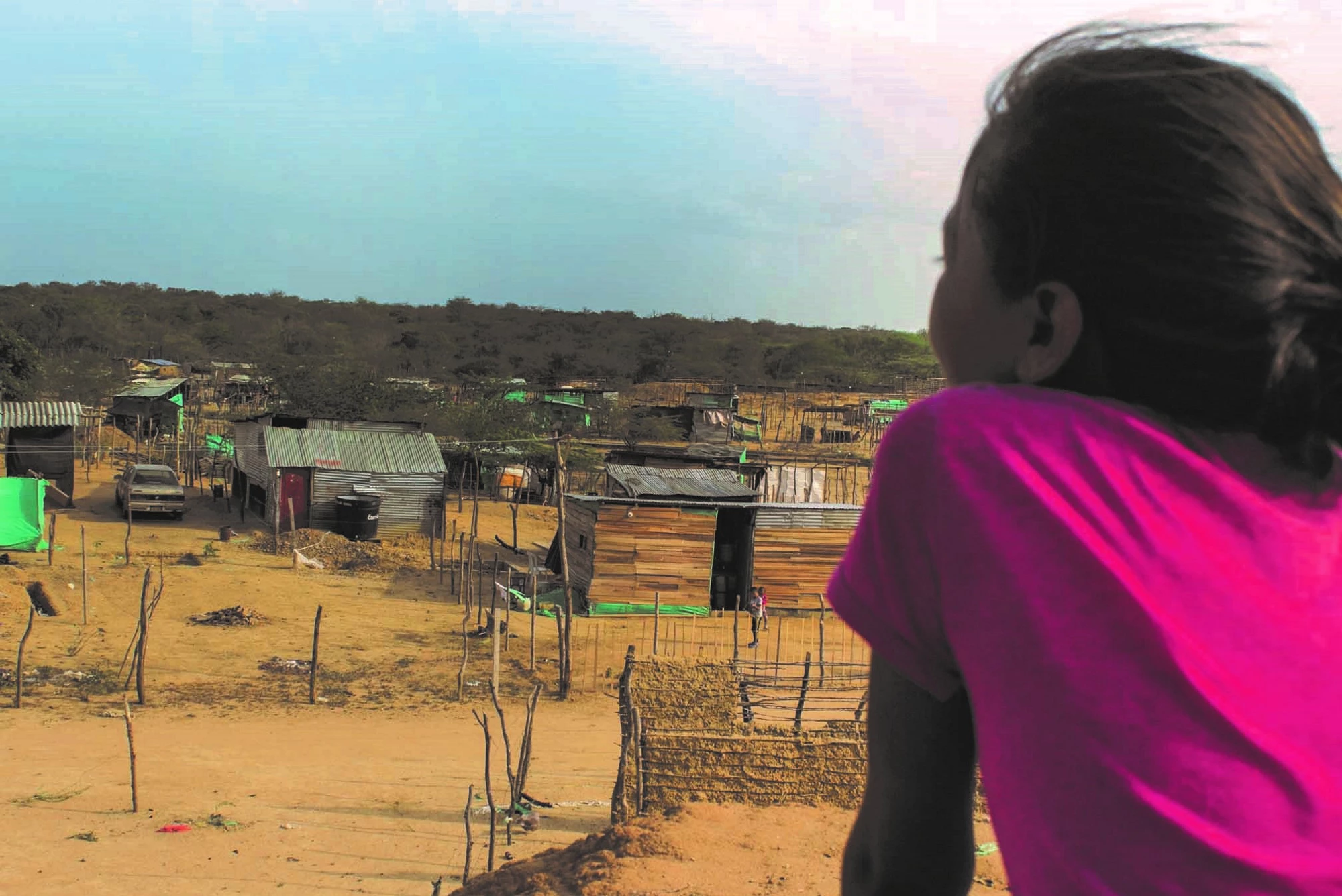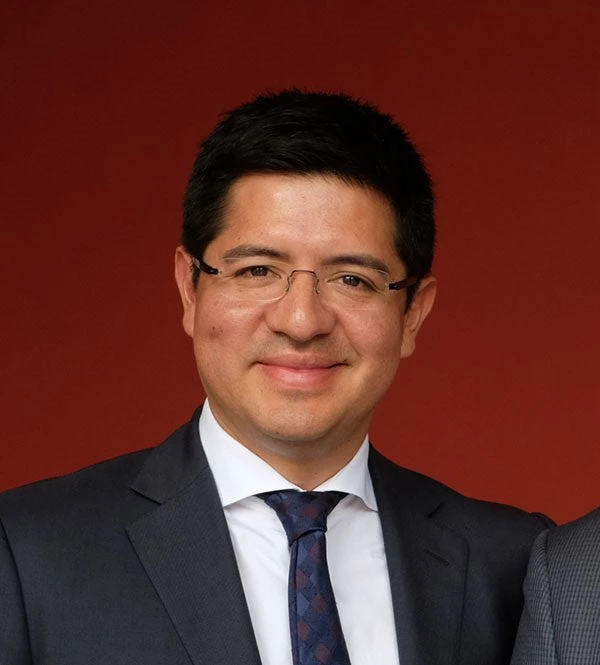 图片: Greta Granados De Orbegoso / 世界银行
图片: Greta Granados De Orbegoso / 世界银行
The world’s largest migration crisis today may no longer be in the Middle East or Africa, but in Latin America , where 4.8 million people have already fled Venezuela’s political and economic crisis to seek better lives, mainly in Colombia; but also in Peru, Chile, the U.S., and even Spain.
Surveys have indicated that over half of Venezuela’s young professionals wish to leave, and departures could reach 20% of the total population by the end of 2020. Yet, this crisis remains alarmingly underfunded by the international community, which is spending a mere $300 per capita to help Venezuelans compared to $5,000 per Syrian refugee. To be sure, these Venezuelan migrants are not fleeing armed conflict, but they are facing deadly living conditions.
In a moving example of regional empathy and reciprocity, the governments of Colombia and Peru have adopted an open-door policy. Remembering how Venezuelans once welcomed their own refugees escaping terrorism, hyperinflation, and drug-related violence, they are seeking to legally register migrants in order to provide them with healthcare and education.
Learning from the 2015 refugee crisis in Europe, they have avoided the horrors of refugee camps by trying to integrate millions of newcomers into their cities. But housing a large influx of Venezuelans is easier said than done, particularly by two governments already struggling to house their own growing urban population. Millions of households still live in poor quality housing and lack security of tenure. Meantime, migrants and refugees are forced to find temporary, inadequate quarters: 57% of Venezuelans in Peru live in overcrowded homes compared to only 4% of Peruvians; while 32% of migrants in Colombia have no access to housing – forced to occupy public spaces and areas without clean water, sanitation, and other public services.
The overriding issue is money. For example, providing housing migrants and refugees in Colombia with a rental subsidy for only 18 months could cost up to $1.5 billion, almost three times the country’s total annual investment in urban housing.
It’s time for the international community to open both its heart and pockets. Adequate housing is not only a human right, it has proven to generate broad economic benefits, increase levels of education, improve mental as well as physical health, and promote social inclusion.
The good news is that we already know how. Yes, more new homes need to be built; but this can be slow and expensive. Integrating migrants within the existing urban fabric could have broader benefits. Innovative ideas have emerged in other regions – from policymakers, architects, NGOs, and even families – forced to find quick housing solutions. Here are three:
- Rental vouchers. An estimated 3.6 million Syrian refugees were living in Turkey in 2019 – more than 90% in urban housing funded by the European Union’s unrestricted cash transfer program, the Emergency Social Safety Net (ESSN), which supplies a monthly stipend to families covering 75% of their needs; the remaining expenses are their responsibility. The money is typically used not for frivolous purchases, as critics charge, but to pay the rent. ESSN has also benefitted small landlords and businesses, fueling local economies.
- Repurposing empty buildings. Since 2015, Germany has welcomed over 1 million refugees – settling them in cities across the country. This solution has enabled municipalities to share the responsibilities of housing while multiplying the probabilities of innovative solutions. Abandoned Soviet-style apartment buildings in Magdeburg, for example, have been transformed into homes for refugees. Greece has also repurposed vacant buildings, including an abandoned hotel, though mostly as temporary housing. Such solutions have ignited a useful debate in Europe on how to move beyond temporary housing.
- Home improvement subsidies. Over 750,000 refugees have fled from Syria to Jordan’s urban areas. The Norwegian Refugee Council developed a program to increase the stock of rental housing, enabling landlords to complete unfinished properties in return for leasing them free to a refugee family for up to 18 months – benefitting the local economy. Likewise, to cope with their country’s housing shortage, South African families have found a solution in their own backyards. Today, 12% of the country’s households live in formal or informal shelters erected in the backyards of existing housing, most of it government subsidized. Such “backyarding” has increased the housing supply while bypassing government red tape. This practice has enabled homeowners to gain additional income while reducing the number of families living in slums.
Unfortunately, none of these solutions is quick, easy or cheap. But the stakes are high. There are now some 70 million forcibly displaced persons in the world, and climate change will only push this number higher. We must move beyond empathy and invest in integration. History has told us that today’s refugees are tomorrow’s citizens. Better housing will increase the odds that they – and their communities – will thrive.
READ MORE:
- Brief: Global Program for Resilient Housing
- Blog post: Resilient housing joins the machine learning revolution
- Podcast: There's No Place Like Home
- Subscribe to our Sustainable Communities newsletter
- Follow @WBG_Cities on Twitter




Join the Conversation